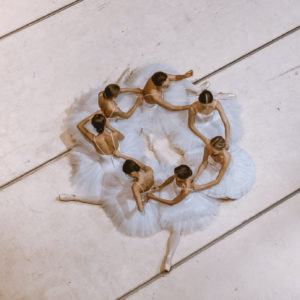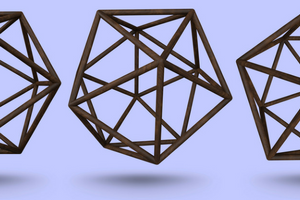At its best, human movement flows smoothly and gracefully in organic sequences. The proportion of our limbs and the structure of our joints determine the way movement sequences unfold in the kinesphere. As Laban notes, “a movement makes sense only if it progresses organically and this means that phases which follow each other in a natural succession must be chosen.”

Laban was also concerned with the natural succession of effort moods in the dynamosphere. Exertion obviously requires effort; Laban found that recovery also involves effort. Moreover, he discovered that the patterning of this basic shift is far from simple. As Irmgard Bartenieff explained, “the complexity of phrasing is increased as the Effort factors of the actions include more variations.”
This led Laban to propose a “law of proximity” for effort changes, based on the similarity or dissimilarity of their component effort qualities. He observed that “in ordinary circumstances, no sane person will ever jump from one quality to its complete contrast because of the great mental and nervous strain involved in so radical a change.”
Laban went on to map organic effort patterns. These “modulated” phrases are wonderfully fun to embody. Find out more in the upcoming workshop, “Expanding the Dynamosphere,” July 29-30, in New York City.


 Laban’s Mixed Seven-rings are an important extension of his theory of
Laban’s Mixed Seven-rings are an important extension of his theory of  In addition to developing physical skills, Choreutic practice also challenges movers intellectually. It gives us a way to think about space.
In addition to developing physical skills, Choreutic practice also challenges movers intellectually. It gives us a way to think about space. In July, with the Octa workshop, “Bringing Choreutics to Life,” I took these theories forward into practice. During this intimate three-day workshop, we reviewed well-known Choreutic sequences to illuminate their rational structure and to explore how Laban’s ideas can be transformed into rich kinesthetic and expressive experiences, integrating body and mind.
In July, with the Octa workshop, “Bringing Choreutics to Life,” I took these theories forward into practice. During this intimate three-day workshop, we reviewed well-known Choreutic sequences to illuminate their rational structure and to explore how Laban’s ideas can be transformed into rich kinesthetic and expressive experiences, integrating body and mind.